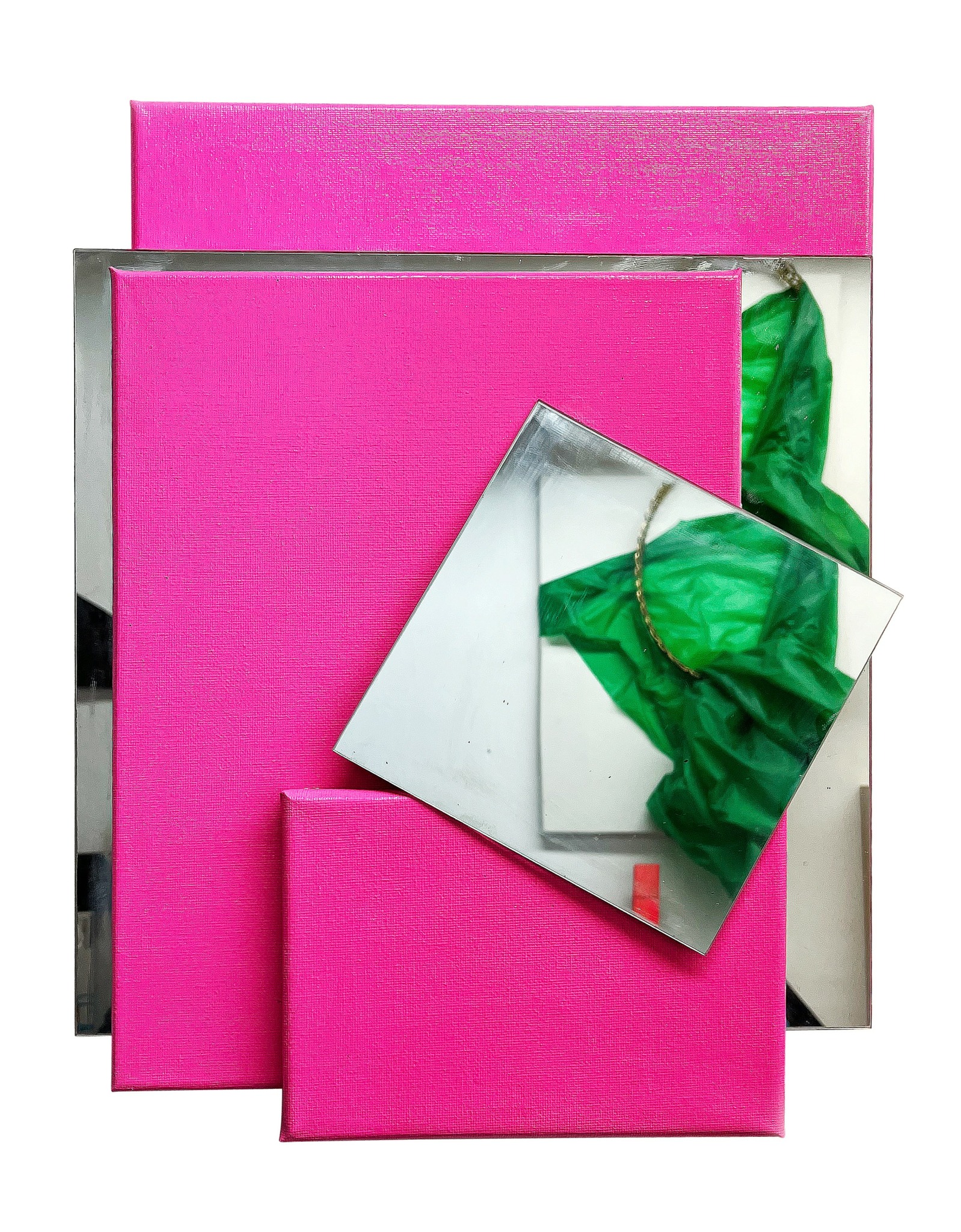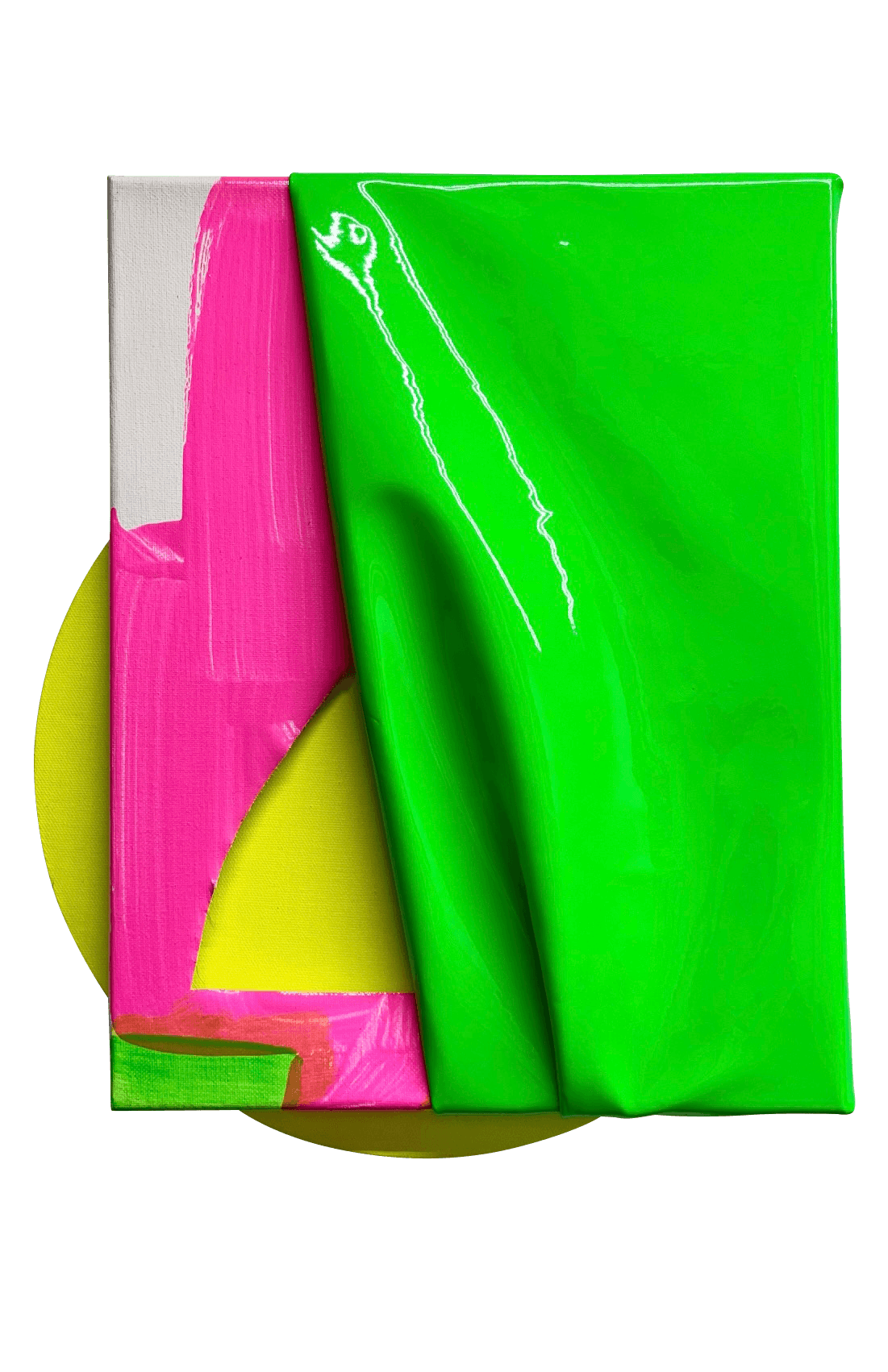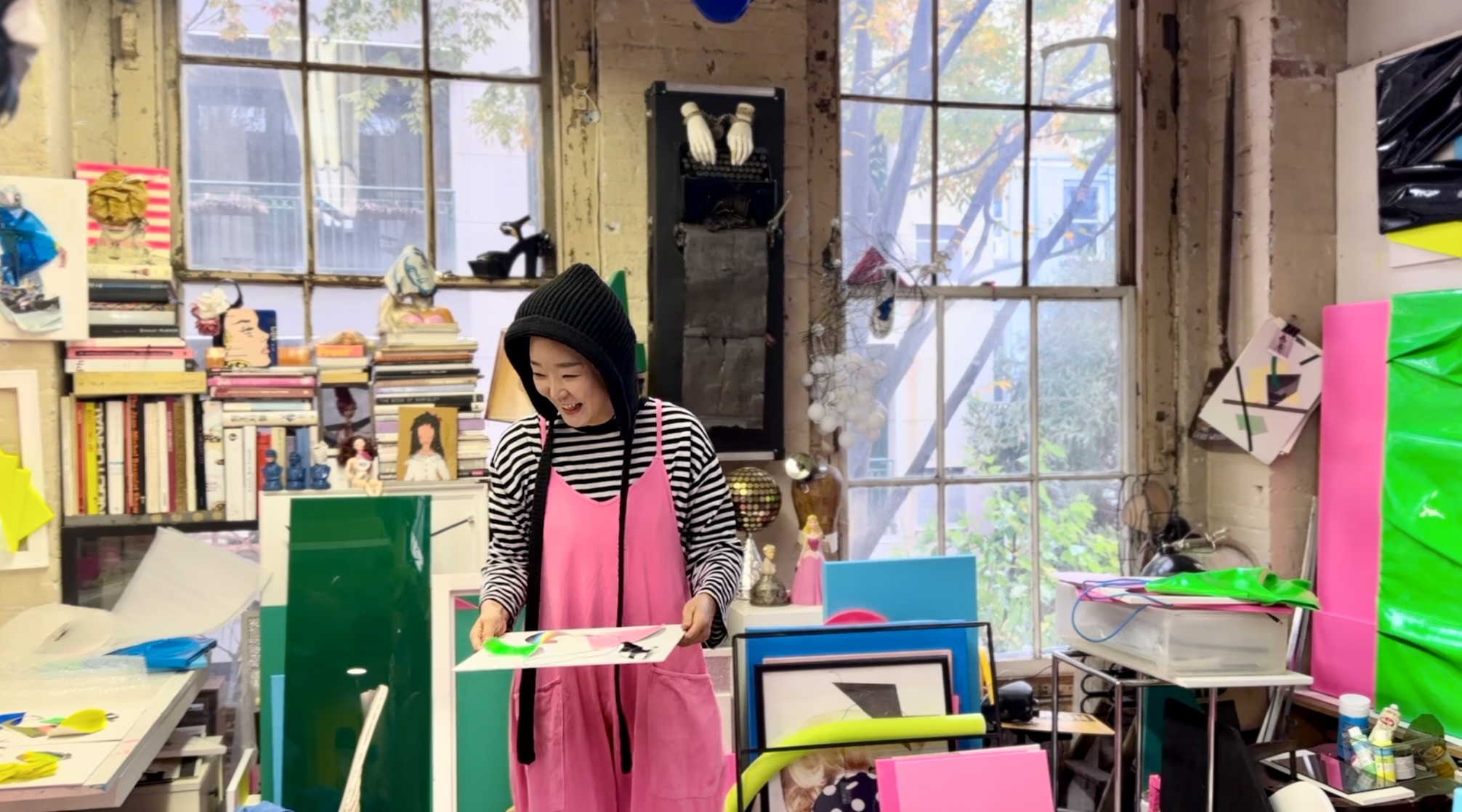Today we’d like to introduce you to Kiya Kim.
Kiya, we appreciate you taking the time to share your story with us today. Where does your story begin?
Since I was very young, I’ve always loved drawing more than eating. Art, to me, is a deeply instinctual act. Flipping through fashion magazines, mimicking the outfits of models, and absorbing all those visual elements naturally shaped the work I create today. There’s no doubt that the way I dress and the form of my art share an undeniable resemblance. I never had a grand intention to become an artist (not that it works that way). It’s just that this is what I’m best at, and even if I were given other wonderful opportunities, I don’t think I could live a fulfilled life doing anything else.
In my twenties, I tried venturing into experiences that everyone seems to go through, only to fail. I even prayed to be able to live my life making art. Choosing this path and sticking to it hasn’t been easy. At times, I feel like I’m alone, floating on a foggy, endless sea. But I persist and console myself along the way. For me, creating art is no different from eating, sleeping, or even going to the bathroom. There were plenty of days when the world felt brutally cold and indifferent, as if it had abandoned me. Yet, I’m grateful for those moments because they strengthened the vessel that holds the gifts and rewards of the future.
Above all, this work doesn’t lie. It’s so transparent, and it demands the price of time. It’s nothing short of a life-long project where every ounce of life is poured into it. There’s no guarantee of a reward waiting at the end of this path. But I enjoy this process so much, and the idea of not doing it has already been decided within me as meaningless.
There’s no room for compromise. It’s a dialogue with myself, with my creative circuits, and an act of self-reflection. I believe that if you don’t know yourself, you can’t understand others, and without the individual, there is no collective.It may seem like I’m sharing a deeply personal story, but if this carefully layered visual language can transform into someone else’s narrative and positively impact their life, that alone would be enough for me.
Can you talk to us a bit about the challenges and lessons you’ve learned along the way. Looking back would you say it’s been easy or smooth in retrospect?
It is, of course, not an easy path. But I have my own steadfast tools to navigate it. The first is the ability to discern the voice within me—a process I equate to prayer, which for me feels as vital and natural as breathing. This spiritual practice fuels my inner strength, enabling me to face the Goliath-like ecosystems of the world with courage. Like many artists, I am deeply introspective, emotional, and not naturally socialized (though I’ve improved significantly compared to the past). Our language often goes beyond what is universally communicable in this world—it exists on a different plane.
Perhaps that’s why my work gravitates toward exploring the vast spectrum of metaphorical language. Not everything can be expressed through words or writing; sometimes silence itself becomes a language far more profound. That stillness can often carry a greater impact than obvious statements. This boundless, answerless realm of art becomes a sanctuary for me—a place of infinite freedom where I find peace.
But cultivating this deeply personal world in solitude holds little meaning. I’ve come to understand that its value is realized only when it connects with society and is shared with others. This realization struck me as I transitioned out of the long chapter of my thirties, a time spent in the solitude of my studio, laying down solid roots. It was then, as I moved into the next chapter, that I recognized the necessity of presenting my work—of exhibiting it and revealing it to the outside world.
However, this act of bringing my work into public view requires a completely different disposition than the one I embody in the studio. It demands a kind of armor that makes it a challenging endeavor. The unspoken rule of this ecosystem—that it is more virtuous to be discovered by others than to seek them out—is not just my struggle but one shared by many artists.
There are times when this passive approach, of quietly continuing the work while waiting for fate or fortune to intervene, feels stifling. Yet, it seems to be the reality we face: a system where perseverance is both the burden and the virtue of the artist.
Thanks for sharing that. So, maybe next you can tell us a bit more about your work?
I am a multidisciplinary artist who moved from Seoul to Brooklyn, New York, in 2008. I received an MFA in Interdisciplinary study in Art Practice at SVA and a Fashion Styling certification from FIT, after previously majoring in Fine Arts in Korea. I have accomplished many solo exhibitions in museums and galleries and collaborated with companies like Hyundai Motors, MCM, and LEEUM Store. And my practice has extended to socially engaged projects, including site-specific regeneration and performance art out of the box. My multifaceted works take various forms: rhythmic site-specific installations, ethereal videos, juxtaposed assemblages, whimsical jewelry, interactive performances, and festive, fashion-based sculptures and time to time I become a medium myself.
I’ve pursued exploring a spectrum of metaphorical language with a sense of contemplation, allowing urban landscapes that have shaped my life to reveal a world of boundless material fabrications. My work unites unpredictable forms and ambiguous structures that evolve into visual poetry—vibrant narratives that unfold infinitely through intuitive resonance. By weaving together colors, objects, and even invisible sentences in my mind, I seek to disrupt the familiar language of societal promises, awakening the unconscious and inviting a journey beyond the boundaries of convention in the name of arts.
Where do you see things going in the next 5-10 years?
Well, I’m not someone who can analyze the art market in depth, but the world is going through a period of change as AI and new technologies are being introduced. From a broader perspective, I don’t think there will be drastic changes like in some other fields. Instead, I think the valuation of certain points that only art or spiritual value can achieve might increase. However, I do think there will be changes in terms of the system. With the influx of younger collectors, I believe there could be exhibitions or markets that merge with their generation, forming new perspectives. Additionally, I think it would be beneficial for artists to find ways to effectively utilize AI technology in a formal sense while staying true to the concepts or philosophies of their work
Contact Info:
- Website: https://www.kiyakim.me
- Instagram: @kiyakim_artworks






Image Credits
kiya kim


